After testing the Seneye Web Server for several months, I must tell you that I am impressed!
As you already know, each Seneye sensor (review) needs to be connected to a computer in order to function. This can be a problem at times – the computer could be too far from the tank, and keeping the computer on at all times can be a big drain on energy.
The SWS solves that problem by eliminating the need for a PC. The Web Server connects the Seneye directly to the server – the tank’s values can be accessed from anywhere in the world without leaving your PC or Mac on at home.
The Seneye Web Server is available in two versions: without WiFi module at the price of € 149,99 and with the WiFi module at € 199,99. The device is the same; the only difference is that the more expensive one includes an external WiFi module.
The WiFi module Edimax N300 connects the Seneye Web Server directly to the router, so it is unnecessary if one already has a web connection close to the tank or a similar module at home. If you do wish to buy it separately, you can do so on Amazon for only USD $24.99 on this link.
Whatever your choice, the Seneye Web Server is easy to install via an internet cable. If you use the Edimax N300 WiFi module there are a few more steps, but nothing too complex: first the Edimax needs to be connected to the network by the provided ethernet cable, then it needs to be set up (easily) via the internet browser. Finally, disconnect the cable, plug it in close to the SWS, and start using it via WiFi.
Pictured above is the back of the device with its three ports. From the left: the USB port for connecting the sensor, the mini-usb for the power supply, and finally the ethernet port. Without the WiFi module, this cable needs to reach the router or PC, or it can be connected to the Edimax N300.
Once connected, you can access the Seneye control panel by typing an IP address into your browser, and then you can check or change the various parameters. The SWS will also send the data through the Seneye server, find App updates, send alert sms and emails, and update the web page with the latest data.
From the PC, tablet, or other device, you just open the browser and type the address provided by Seneye to see a tab similar to the one below, which is mine at the moment:

Here you can see the reported values and access the lighting section, where you can review the light settings:
Nice and easy.
Conclusions
SWS is really easy to use, it works well without any insurmountable faults. During my test it didn’t give me any troubles; it adapted to the system like it had always been there. The web app was constantly updated and the alarms worked the same as when the Seneye Reef was connected to a PC.
I noted that every couple of months, though, the system froze and I had to restart it. I am not sure this was the fault of the SWS or the Edimax N300, or that it happened because of the humid surroundings in which they both operate.
Regardless, I strongly recommend this not-too-expensive device, together with the Seneye Reef. They are an easy and functional way to keep us informed about our systems at all times.
This device has passed the test, and even though the price is even higher than that of the Seneye Reef itself, I think that it is a good investment.
[Translated by Giorgia Lombardi]

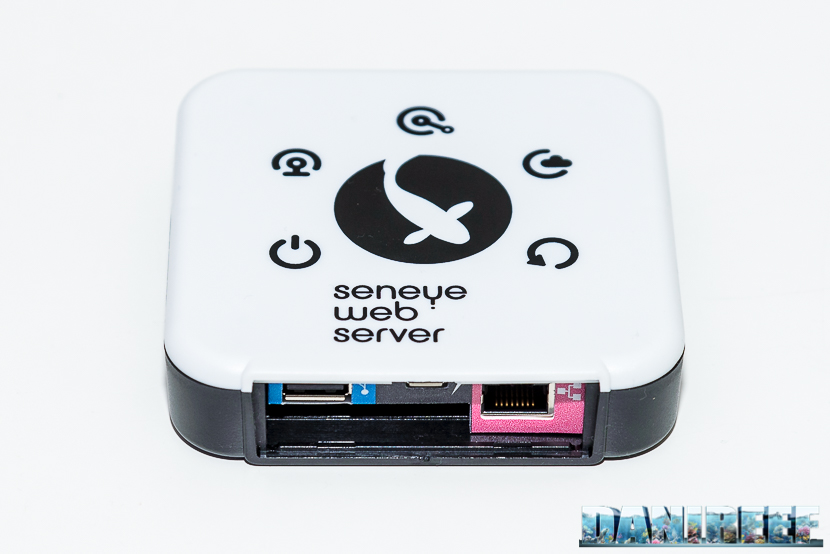
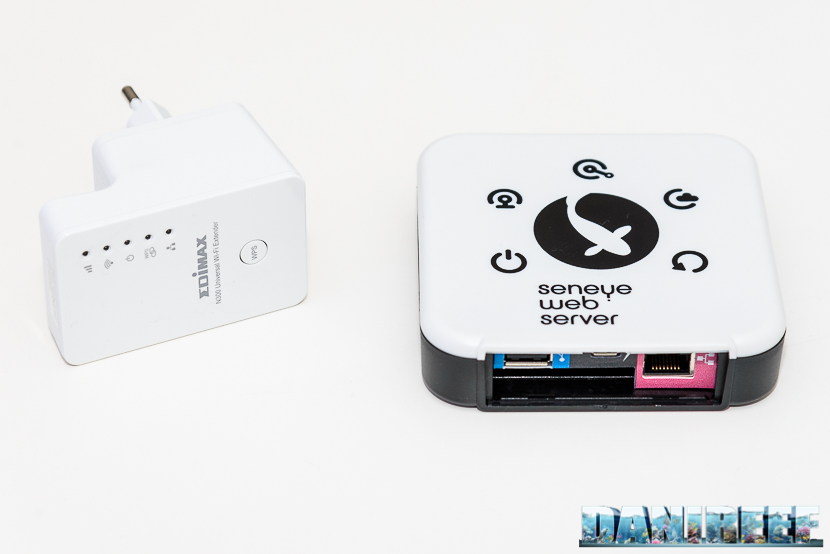
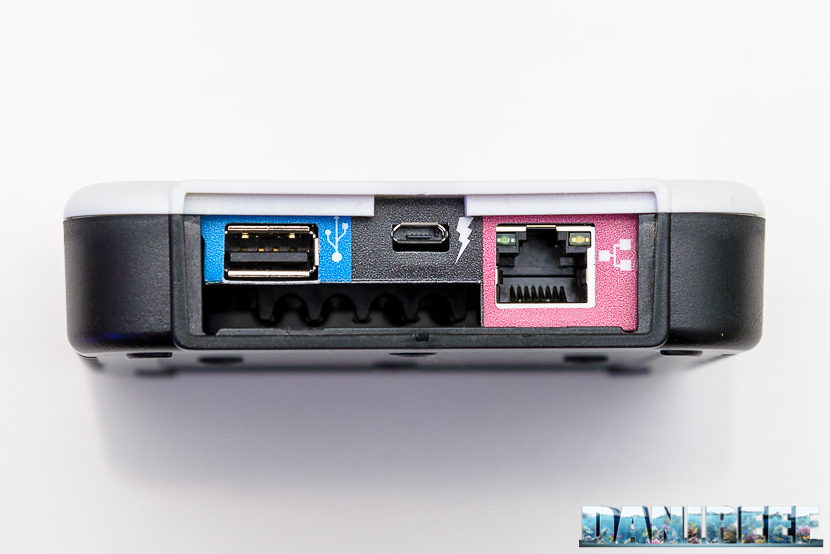
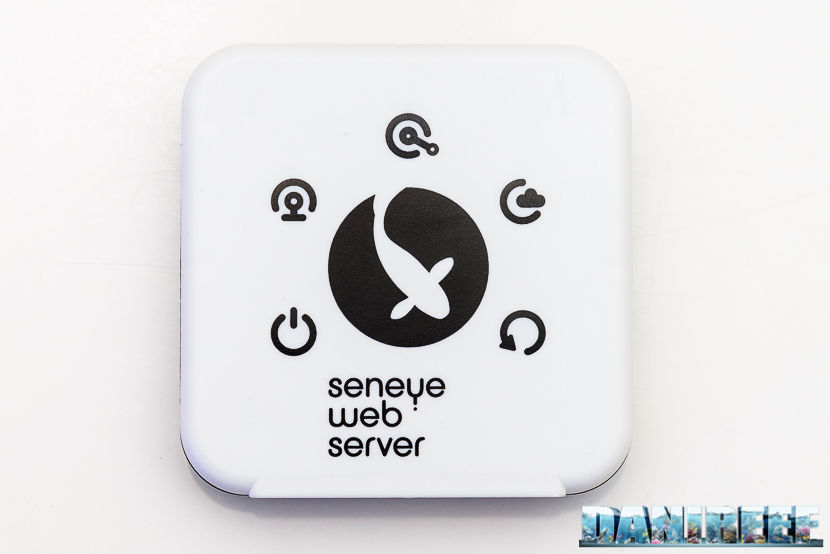

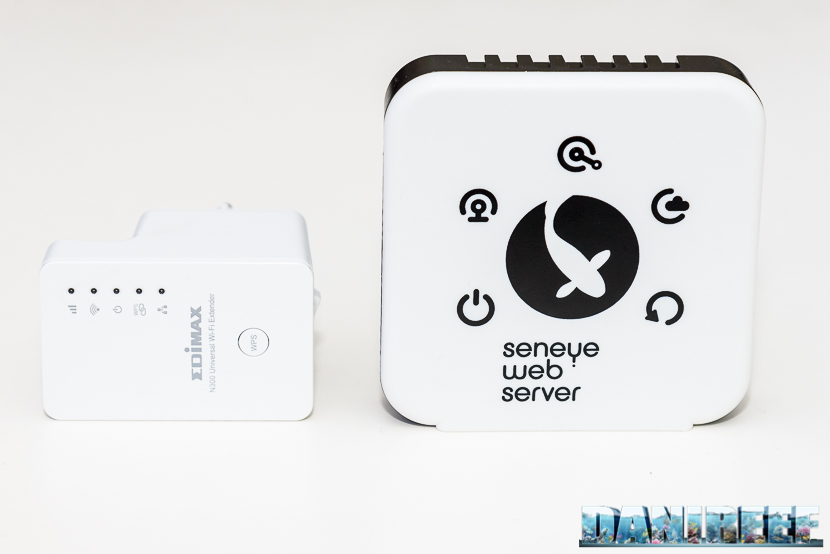
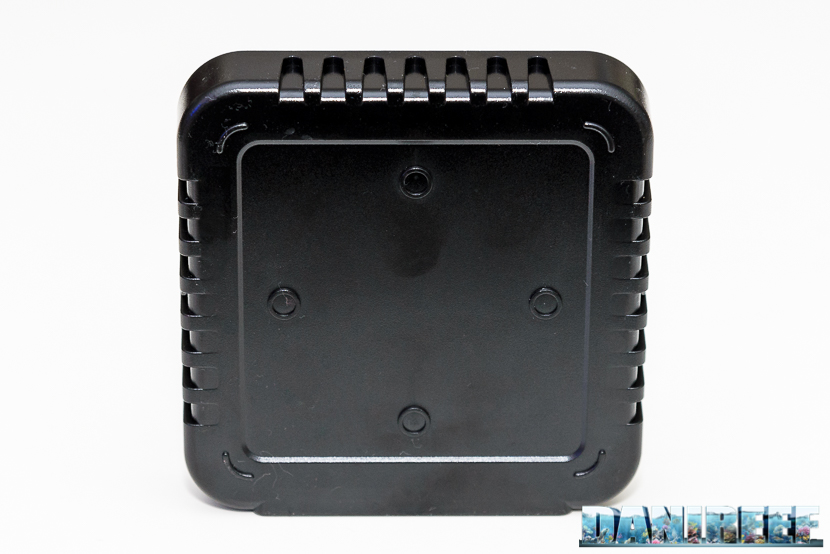








I’ve got 2 that run off my mobile phone they are fantastic !
Thanks for your review, I read before purchasing one, a question though.
Would you consider it a problem that if there is a power cut whilst you’re away, heaters filters etc all without power, the “Seneye cloud” does not send any SMS or email alert to say the system has gone offline?
For me it is seems a fundamental missing link in what should be a robust reporting chain for me when I’m away from home and often away from “always on” internet.